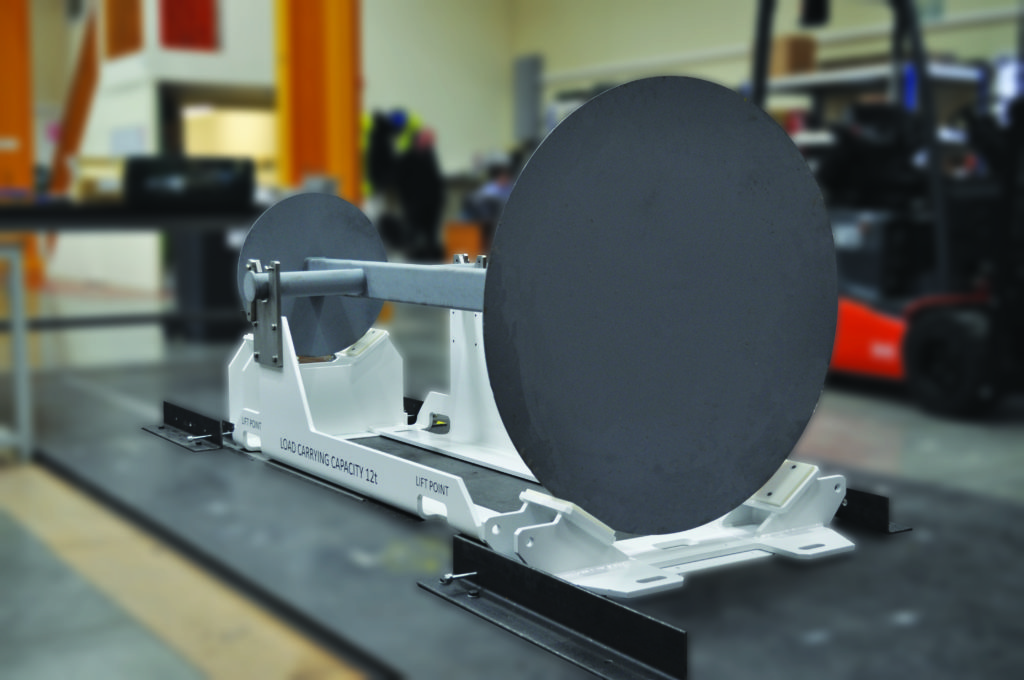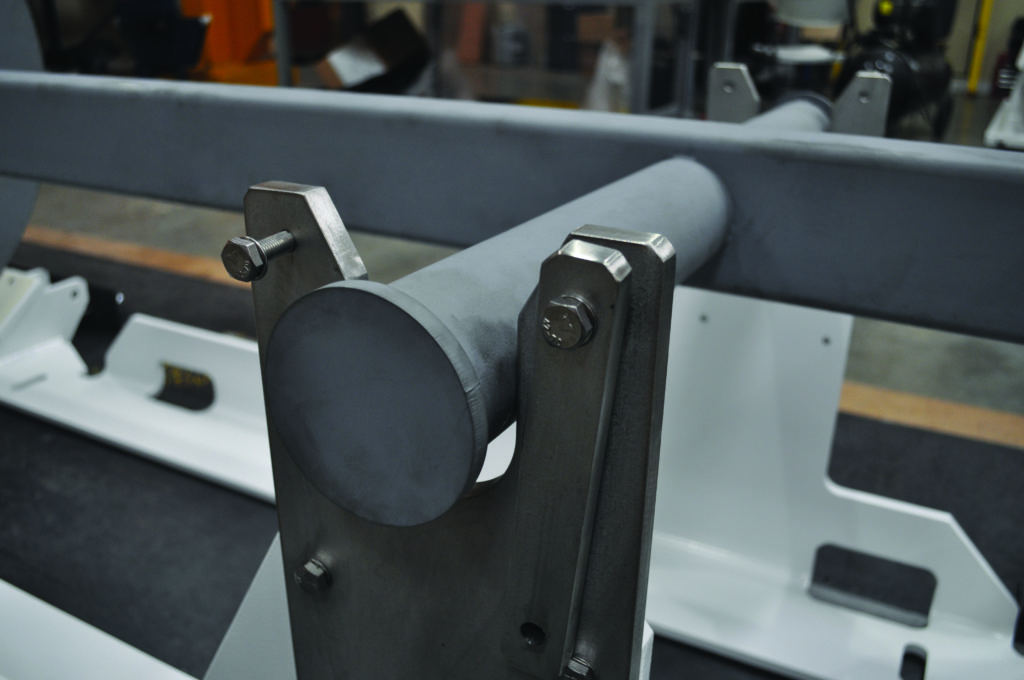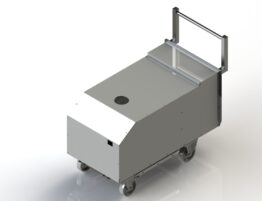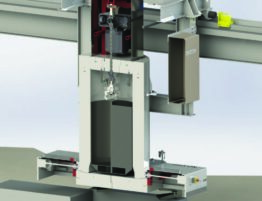
Project details
Category: Transport and Packaging
Status: Complete
Client:
National Nuclear Laboratory (NNL)
For more information:
Aims and Objectives
Aquila won the contract to design, manufacture, assemble and function test an NSC Flask Bogie Saddle for the National Nuclear Laboratory (NNL) Windscale Laboratory. NNL had a new requirement to transport the NSC flask horizontally through the building to a new cave location for unloading, with the saddle secured to the top plates of the existing air bogies.
About the client
The National Nuclear Laboratory (NNL) operates a number of facilities offering research, development and consultancy services to the nuclear industry. At the Sellafield site, the NNL Windscale Laboratory operates a range of radiation shielded facilities (also known as caves) where nuclear materials are processed and examined. Services include Post Irradiation Examination (PIE) of nuclear fuel and irradiated material, radioactive waste handling, and material analysis and testing.

Project Overview
Aquila was awarded the contract to design, manufacture, assemble and function test an NSC Flask Bogie Saddle for the National Nuclear Laboratory (NNL) Windscale Laboratory.
Required to support a flask of approximately 12t SWL, the saddle was designed to hold the flask horizontally for posting the contents to a new cave location and hold the flask in the relative positions for posting height and distance to the centre of the relative bogie.
Forming the link to connect the two bogies together, the saddles were bolted directly to the bogie turntables and connected together by a plate tie to maintain a set length of 1950mm, to enable the air bogies to negotiate the rail turn tables.
Designed to have ±25mm horizontal (side to side) movement to allow for alignment of the flask with the cave horizontal posting port, the saddle was designed not to protrude any wider than the trunnion width on the flask (1276mm), due to the constrained flask route to the caves.
Summary
Aquila took the outline proposal detailed in the NNL specification and developed a solution that was simple, practical, and cost effective. The test frame and function test allowed for all elements of the design to be tested prior to manufacture, verifying the design integrity and validating the welds to ensure that the NNL would receive the product built to the detailed specification required.




